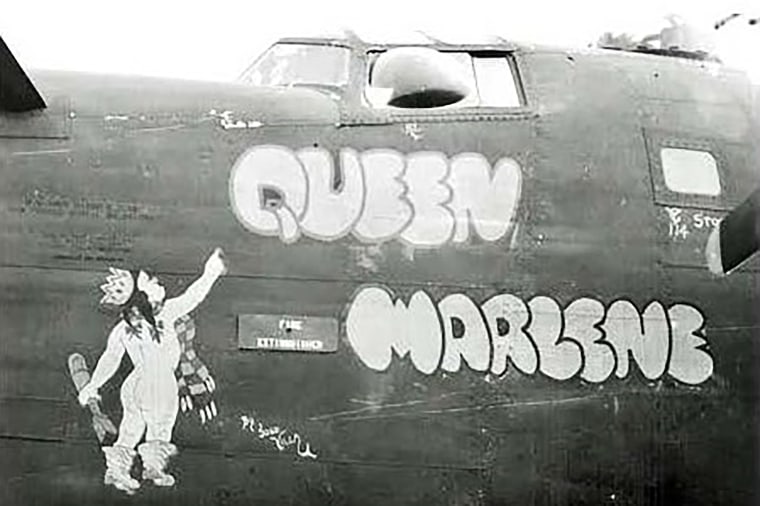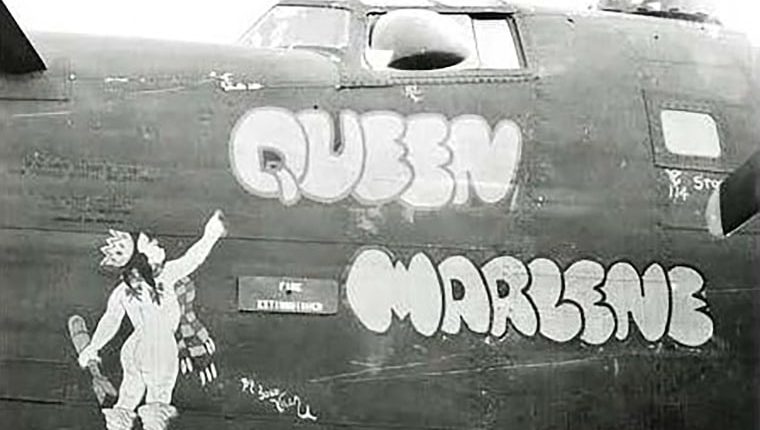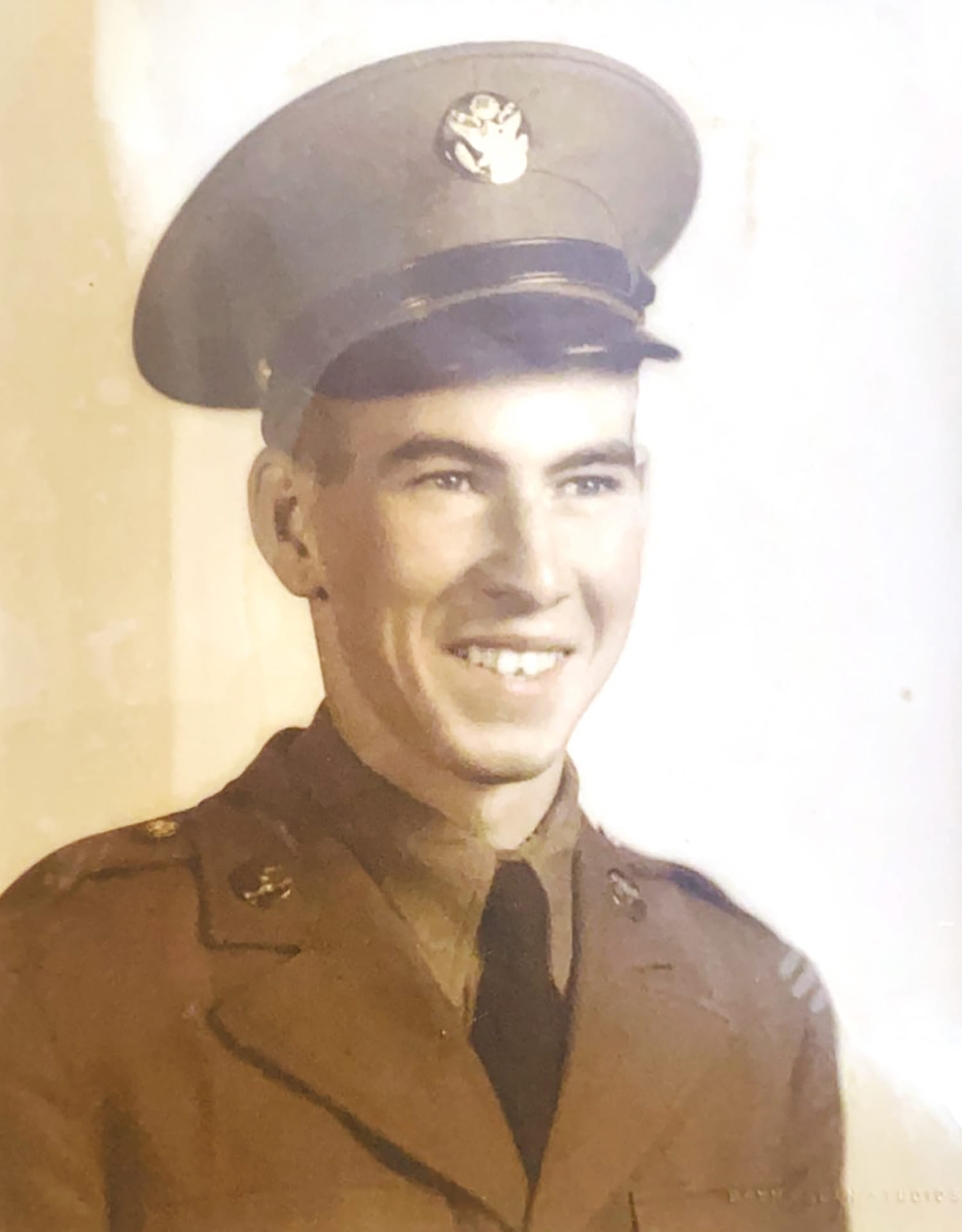The remains of an American airman who was listed as unaccounted for after his plane was shot down over France during World War II have been found and identified almost 80 years later.
U.S. Army Air Force Staff Sgt. Franklin P. Hall, from Leesburg, Florida, was killed on Jan. 21, 1944, when his B-24D Liberator “Queen Marlene” was shot down by the German Luftwaffe near the rural village of Équennes-Éramecourt, southwest of Amiens.
The Defense POW/MIA Accounting Agency (DPAA) said in a press release Monday that the gunner was officially declared accounted for on July 13 this year.
The announcement marks the end of a long and complex process that is being repeated with many other American servicemen believed to have died but whose remains are missing.
Two other servicemen on board the “Queen Marlene” — William L. Smith and Martin E. Spelts — remain unaccounted for, according to Hall’s profile on the DPAA website.
After the plane was shot down, German forces quickly went to the crash site and recovered the remains of the nine men on board, the DPAA said. These bodies were then buried in a cemetery at Poix-de-Picardie, but Hall’s remains couldn’t be identified.

The American Graves Registration Command, which led the operation to find the remains of American soldiers in Europe, declared in 1951 that despite searching the area, Hall was “non-recoverable.”
However, in 2018, historians with DPAA discovered that two different burials at the Normandy American Cemetery — which is run by the American Battle Monuments Commission — could contain Hall’s remains.
The burials were exhumed and studied using anthropological analysis and DNA sequencing. One of them, listed as “American MIA, X-393 (St. Andre),” was declared to be that of Hall.
“Hall’s name is recorded on the Tablets of the Missing at Ardennes American Cemetery, France, along with others still missing from WWII. A rosette will be placed next to his name to indicate he has been accounted for,” the DPAA statement said.
Hall served in the 66th bombardment squadron, 44th bombardment group.
This squadron fought in north Africa before being assigned to occupied Europe, where its airmen flew “daylight raids that put the bomber crews in great danger from enemy aircraft and anti-aircraft fire,” according the American Air Museum.
Between 1943 and 1945, the 44th bombardment group flew 343 missions, dropped almost 19,000 tons of bombs and 153 aircraft were missing in action.
Hall is now due to be buried in his native Leesburg.
Source: | This article originally belongs to Nbcnews.com










